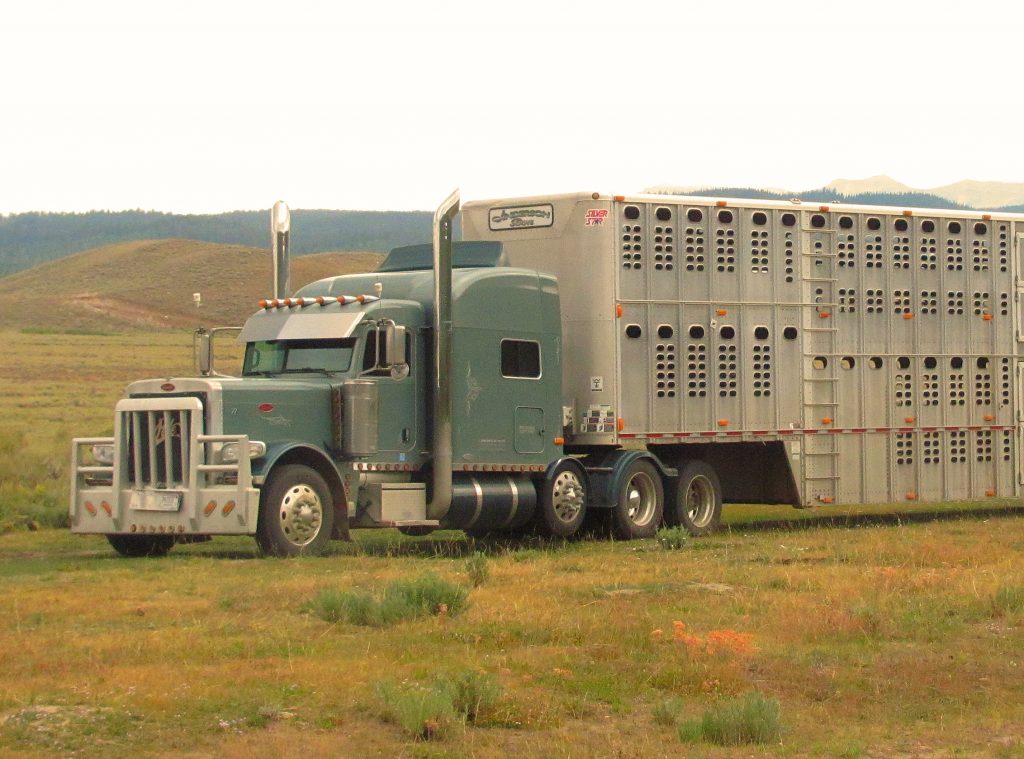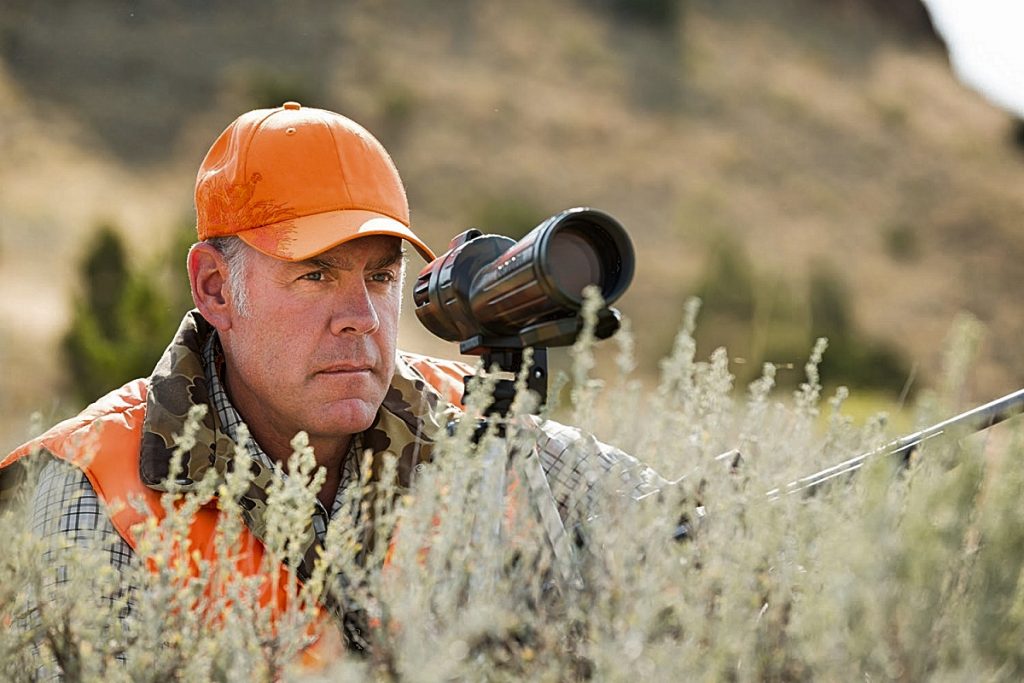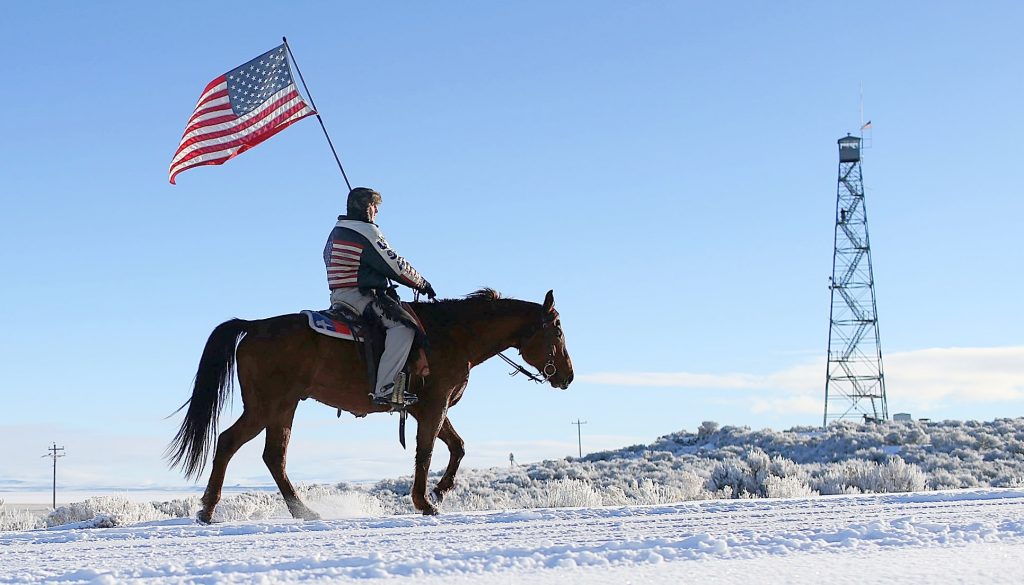The fourth depredation by the Smackout pack was confirmed Aug. 24, meeting the threshold for the department to consider lethal removal. The threshold is four depredations within 10 months or three depredations within 30 days.
In this case, the four depredations occurred over 12 weeks.
Don Jenkins

The Washington Department of Fish and Wildlife announced Aug. 25 that it will shoot wolves from a second pack that is attacking cattle this summer in northeast Washington.
WDFW Director Jim Unsworth authorized the “incremental removal” of wolves from the Sherman pack, which wildlife investigators say have attacked at least four calves in Ferry County since June 13. WDFW shot two wolves in the Smackout pack in Stevens County in July.
The department did not specify how many wolves it planned to kill, though department policy calls for one to two wolves to be culled initially to try to stop depredations.
The fourth depredation by the Smackout pack was confirmed Aug. 24, meeting the threshold for the department to consider lethal removal. The threshold is four depredations within 10 months or three depredations within 30 days.
In this case, the four depredations occurred over 12 weeks.
The department said that it does not believe additional non-lethal measures would stop the attacks.
“This rancher has made concerted efforts to protect his livestock using non-lethal measures and has met the department’s prerequisite for lethal action,” WDFW wolf policy coordinator Donny Martorello said. “Our goal is to change the pack’s behavior before the situation gets worse.”
The first three depredations occurred on Bureau of Land Management grazing lands, while the fourth occurred on a U.S. Forest Service grazing allotment in the Colville National Forest. The bones of a fifth calf were found within a quarter-mile of the fourth calf. WDFW said wolves likely killed the animal, but scavengers had picked away evidence that could have definitively pointed to wolves.
WDFW counted five wolves in the Sherman pack at the end of 2016. The department says it has no evidence the pack produced pups.
Culling the pack will not set back wolf recovery in Washington, according to the department. Recovery goals have been met in northeast Washington, but wolves will remain a state-protected species until they spread throughout the state.
The calves attacked by the Sherman pack were born outside wolf territory and trucked to grazing lands, according to the department.
On May 9, before the calves arrived, five range riders under contract with WDFW started patrolling the area to look for signs of wolves. There are no wolf dens or rendezvous sites in the area, according to the department.
In late July, three more range riders were added. Also, the rancher, his family and five employees have been watching for wolves, according to the department.
WDFW said radio-collar data contributed to investigators’ conclusions that the calves were attacked by wolves in the Sherman pack.
One calf survived an attack by wolves, but was euthanized by the rancher because of its injuries. It suffered a broken right shoulder, and numerous cuts and punctures. A necropsy showed massive hemorrhaging below the wounds, according to WDFW.
Since shooting two wolves in the Smackout pack, WDFW has not verified another depredation by that pack. The department says it could resume culling the pack if attacks resume.
Martorello said it was an encouraging sign that the pack’s behavior has changed. Some fenced-in cattle, however, will soon exhaust forage in the pasture and have to graze on rangelands, he said.
“That will be an important part of the evaluation,” he said.
The department also killed seven wolves in 2012, one in 2014 and seven in 2016 to stop attacks on livestock.
WDFW estimated the state’s wolf population at 115 at the end of 2016. Most of the wolves occupy four counties in northeast Washington, where livestock production is a major part of the economy.
[paypal_donation_button]
Free Range Report
[wp_ad_camp_3]
[wp_ad_camp_2]




Wolves are wild animals and predators, that is how they live by eating other animals and will even attack and eat humans. Shooting a few is not going to change the behavior of the others, they should be exterminated in my humble opinion. Calves are easy and tasty prey for them.